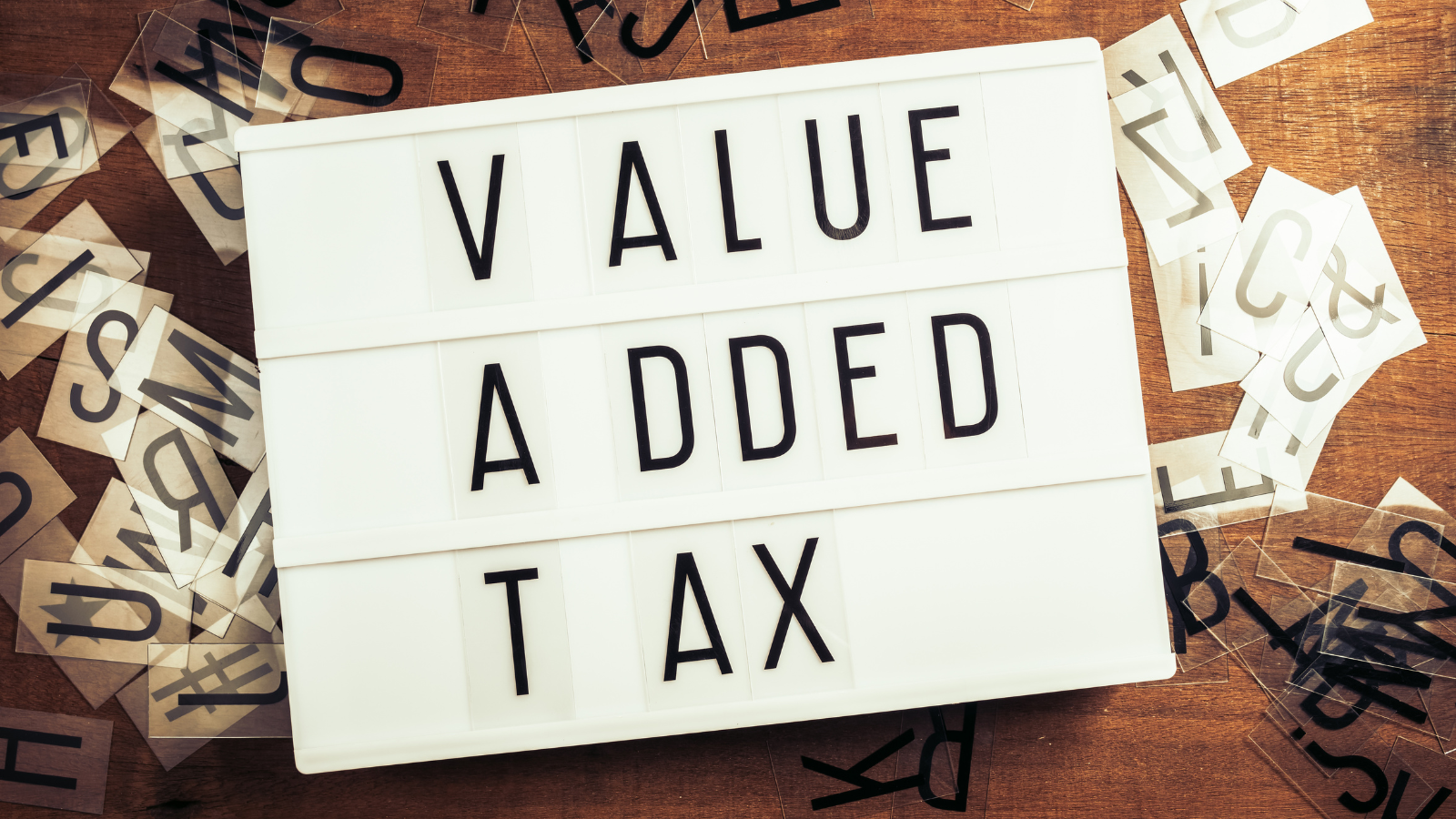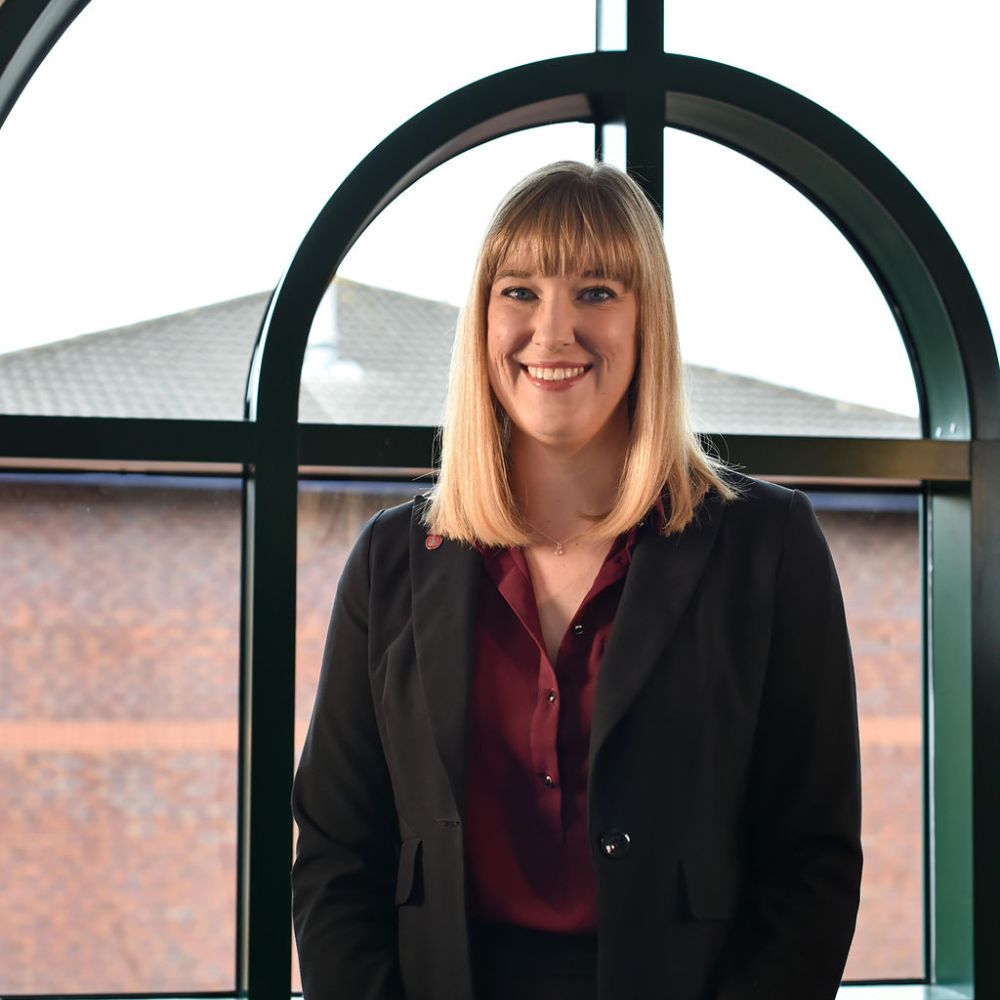How do I charge VAT on disbursements?
One question that I am asked fairly regularly by solicitors is around the VAT treatment of costs that are recharged to their clients. Costs tend to be recharged quite regularly, so it is crucial that you understand the rules around both what constitutes a disbursement for VAT purposes, and how to account for the VAT on the transactions.
What is a disbursement?
Solicitors often use the term ‘disbursement’ to cover any charge made over and above their basic fee for services to their client, including all payments to third parties and recharges of certain overhead expenses.
Many of these costs are incurred by the solicitor in the normal course of making their supply to the client – such as postage expenses incurred when sending letters to the client. Such expenses are directly attributable to the client but are borne by the solicitor, also known as ‘taxable disbursements’. These ‘taxable disbursements’ form part of the solicitor’s supply for VAT purposes, and as such must be standard-rated when passed on to the client. For example, a postage expense of £10 + VAT is charged to the client as £10 postage and £2 VAT on the solicitor’s invoice.
Costs for supplies that are considered to be received directly by the client are referred to as ‘non-taxable disbursements’, and these qualify as true disbursements for VAT purposes. To treat a payment as a VAT disbursement all of the following must apply:
- You paid the supplier on your client’s behalf and acted as the agent of your client
- Your client received, used or had the benefit of the goods or services you paid for on their behalf
- It was your client’s responsibility to pay for the goods or services, not yours
- You had permission from your client to make the payment
- Your client knew that the goods or services were from another supplier, not from you
- You show the costs separately on your invoice
- You pass on the exact amount of each cost to your client when you invoice them
- The goods and services you paid for are in addition to the cost of your own services
Costs that can be treated as disbursements for VAT purposes (‘non-taxable disbursements’) can be accounted for in one of two ways: the Principle Method and the Agency Method. We will use the example of Counsel’s fees of £1,000 net of VAT that meet the terms of a VAT disbursement as above for each method.
Under the Principle Method, the supply is treated as though it was provided to the solicitor and then charged to their client, and the third party invoice must be addressed to the firm. Input VAT is claimed on the supply to the firm, and output VAT is charged on the invoice to the client. It is essential that the input VAT and output VAT are included on the same VAT return, which gives the effect that the transaction is VAT-neutral. To use our example, the solicitor is charged £1,000 + £200 VAT by Counsel, and includes £1,000 Counsel fees + £200 VAT on their invoice to the client.
Under the Agency Method, the payment is charged to the client gross of VAT and no VAT is charged to the client. In this instance the client is charged £1,200 for Counsel’s fees, with no VAT.
What about the input VAT?
If you had to charge VAT on items you paid for because they were supplied to you and not to your client, you can claim back any VAT you paid on them. It makes no difference whether or not you passed these costs on to your clients as recharges. You’ll need a VAT invoice for each item you claim the VAT back on as normal. Your client will also be able to claim back the VAT you charged them if they’re VAT-registered.
If you paid a VAT-registered supplier for goods or services on a client’s behalf, there may have been VAT on what they charged. You can’t claim this VAT back if the goods or services were supplied to your client and not to your business, and you treated this as a disbursement for VAT purposes when you invoiced your client and did not charge VAT.
If you have any questions, please contact me here.


 Exit Route Planning
Exit Route Planning  Corporate finance
Corporate finance  Corporate tax
Corporate tax  Audit and assurance
Audit and assurance 
